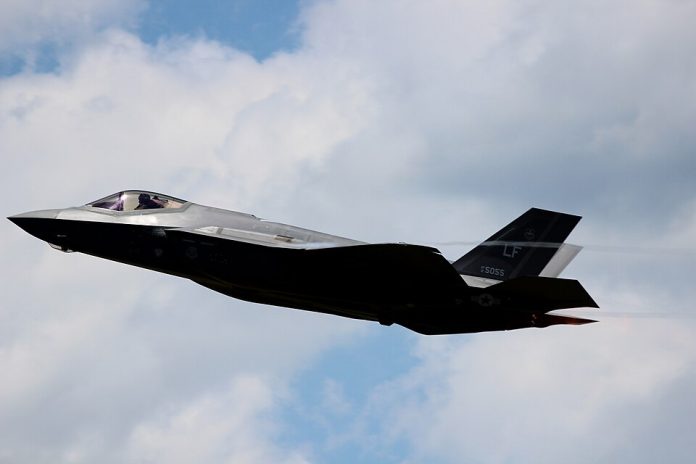
“We fall short-woefully short.” The candid warning from retired Air Force Col. John Venable puts into words an anxiety now spreading inside America’s defense establishment: the United States is losing the long-assumed lead in airpower that Washington has had. For decades, the technological edge, global reach, and combat experience of the nation had given it undisputed dominance in the skies. That margin is now narrowing fast.
The PLAAF is expanding and modernizing faster than at any point in its history. Meanwhile, the U.S. Air Force faces an aging fleet, shrinking inventories, and delayed modernization programs. In this scenario of conflict over Taiwan, proximity, mass production, and readiness might work to Beijing’s advantage.
Each of the entries in this listicle considers 10 critical factors involved in the reshaping of the US-China airpower equation, each illuminating how Chinese gains and American self-imposed constraints are merging into a strategic challenge not seen since the Cold War.
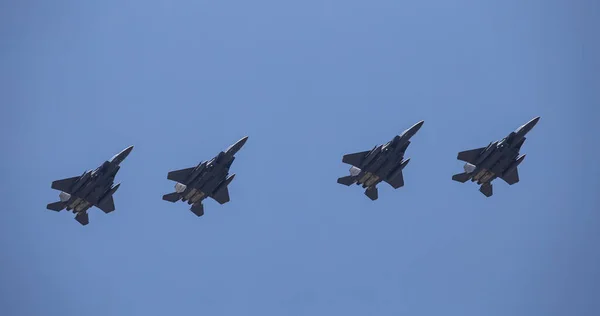
1. Shrinking US Fleet vs. Expanding Chinese Inventories
The total US Air Force aircraft inventory will slip below 5,000 in FY2025, with more than 250 airframes set to retire. Combat-capable fighters are only a fraction of the nominal count of 2,000-plus fighters. Meanwhile, China has refit its entire front-line fleet with fourth- and fifth-generation aircraft, and fields more than 3,150 crewed aircraft, over 2,400 of them combat types.
The contraction of US capacity is part of a “divest to invest” strategy, where the retirement of older airframes frees up funds for more advanced programs. But modernization delays mean capability gaps persist while China accelerates mass production. Adm. Samuel Paparo told Congress last month that Beijing is producing fighters at a rate of 1.2 to 1 over the US.

2. China’s Fifth-Generation Surge
Meanwhile, the China J-20 Mighty Dragon fleet has grown to at least 300 operational aircraft and outnumbers the US F-22 inventory. It remains in production at a rate of 40 to 50 per year with local production WS-15 engines substituting Russian imports. The PLAAF is also working on a carrier-capable stealth design similar to the F-35, the J-35.
The Pentagon also mentioned improvements such as thrust-vectoring nozzles and a larger internal missile load-out that enhance stealth and supercruise capabilities of the J-20. This points to a long-term competition in which China is closing qualitative gaps while sustaining numerical momentum.
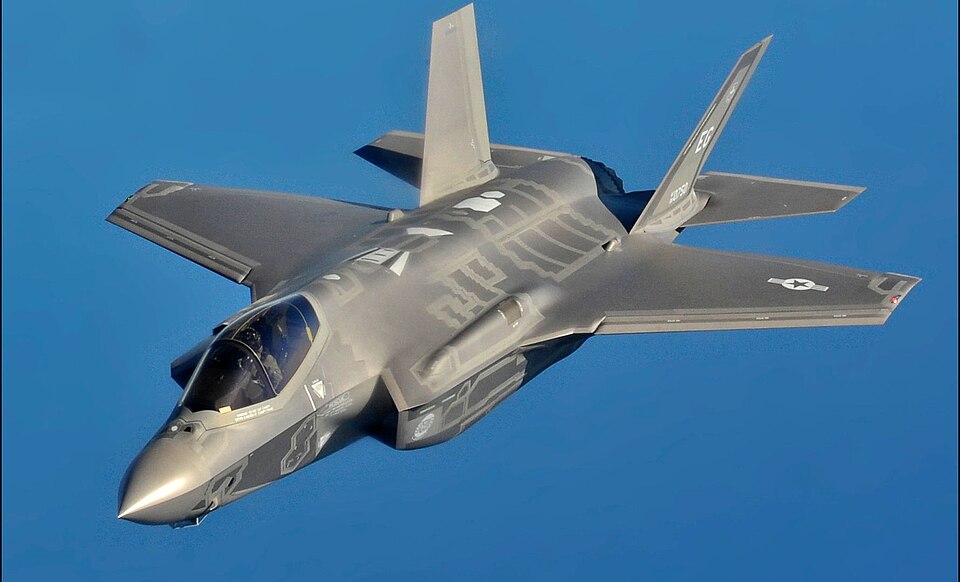
3. US Modernization Bottlenecks
Many programs are still years from full deployment: US NGAD, CCA, and new tankers. Fiscal constraints have cut planned F-35 buys in half for FY2026 from 48 to 24, well short of the Air Force-stated goal of acquiring 72 fighters annually.
History teaches that planned fleets often shrink in reality: the B-2 ended at 21 aircraft from 132, and the F-22 at 187 from 750. Absent accelerated procurement, the NGAD’s notional 200-aircraft fleet will still leave the US outnumbered in a Pacific fight.
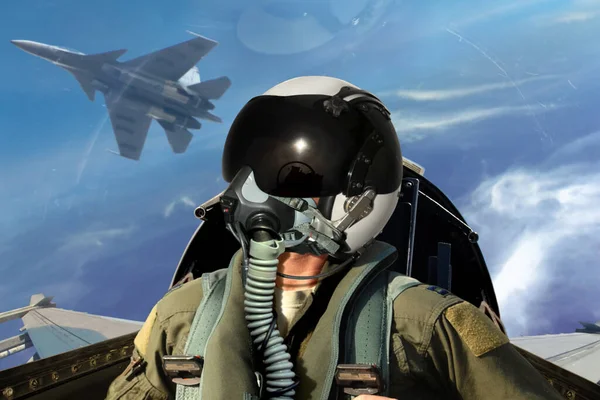
4. Differences in Training for Pilots
Venable points to a striking differential in readiness: US fighter pilots average 110 flight hours per year, while Chinese pilots log around 200. Training reforms centralizing transition training at academies and introducing JL-10 trainers have cut a year from the pilot pipeline.
Analyst Derek Solen estimates China produces about 400 pilots annually, though the figure is growing steadily. Still far short of the US output of 1,350, PLAAF trainees nonetheless log more live-flight experience before becoming operational, which can sharpen their combat proficiency.
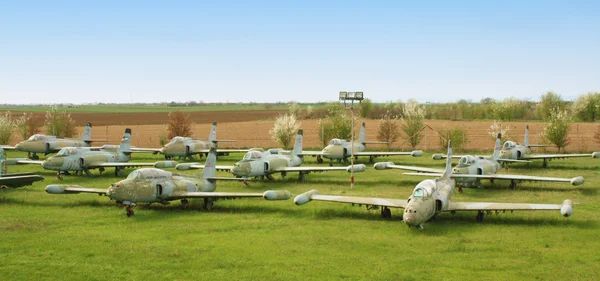
5. Proximity Advantage in a Taiwan Scenario
All told, China could generate 1,100 fighters over Taiwan without refueling from upwards of dozens of nearby airbases. US forces would have to operate from distant locations, such as Guam and Okinawa, requiring tanker support and longer transit times.
This geographic reality greatly magnifies Chinese capability to sustain high sortie rates while complicating US logistics. Indeed, in several wargames, PLA missile barrages suppress forward bases and limit the US ability to generate combat sorties during the opening days.
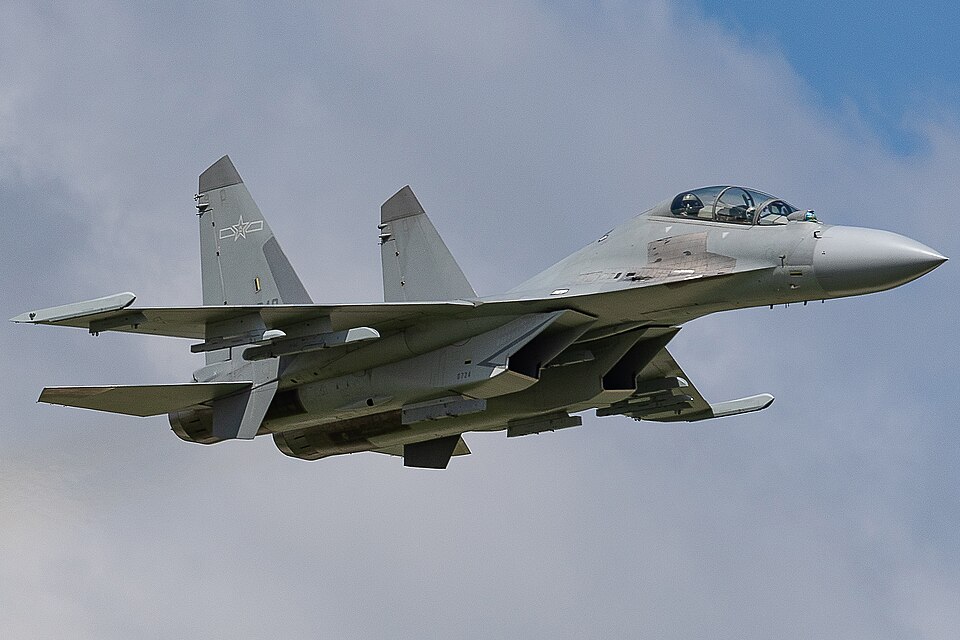
6. Mass Production of Combat Aircraft
China produces about 240 J-10s, J-16s and J-20s annually, as well as a host of naval variants, notably the J-15. Its J-16 fleet alone numbers over 225 aircraft and can employ the long-range PL-17 missile for strikes against US ISR platforms. US fighter production, by contrast, is limited not only by budget caps but also by export commitments. Of the ~135 F-35s built every year, 60–70 go to allies, reducing net additions to USAF strength.
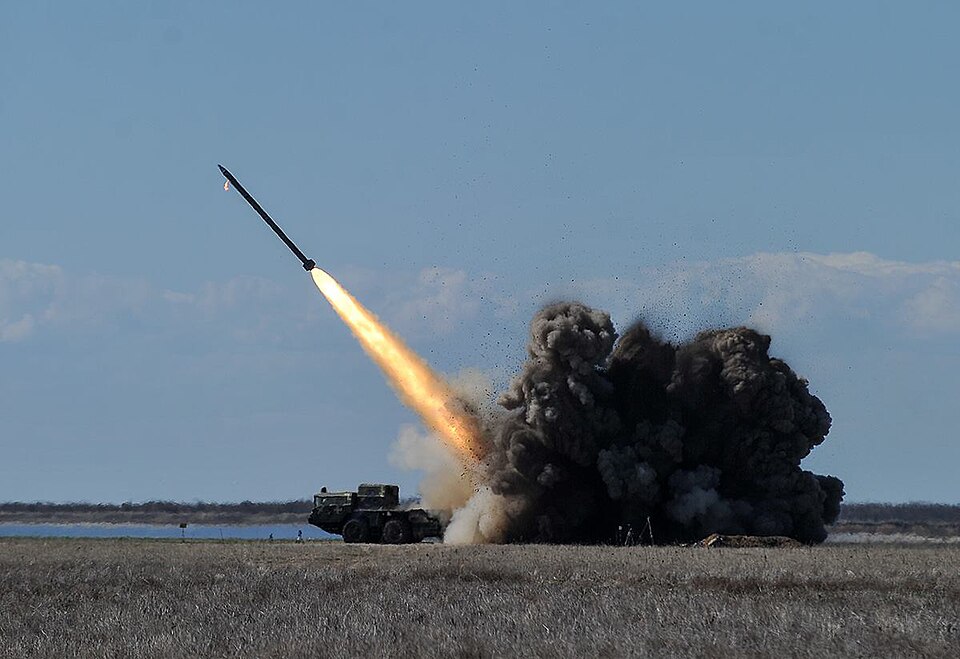
7. Logistics Under Fire
PLA A2/AD systems target US logistics lifelines. Long-range missiles threaten a constellation of ports, airfields, and depots across the Pacific. In a Taiwan fight, analysts say, Chinese strikes could keep bases in Japan and Guam inoperable for days. New ideas such as expendable cargo gliders, autonomous drones, and swarming resupply systems can keep dispersed forces supplied while under missile attack. These can be expended in order to buy precious time until conventional logistics can reestablish themselves.

8. Tanker Vulnerability and Range Limits
Extension of fighter reach relies on aerial refueling, but tankers are high-value and vulnerable targets. PLA strategy explicitly includes destruction of refueling assets to cripple US operations. NGAS, arriving in 2040, will help with this, bringing stealth and networked operations. Interim measures include KC-46 procurement and an exploration of MQ-25 carrier-based drones that reduce radar signatures and have flexible basing.
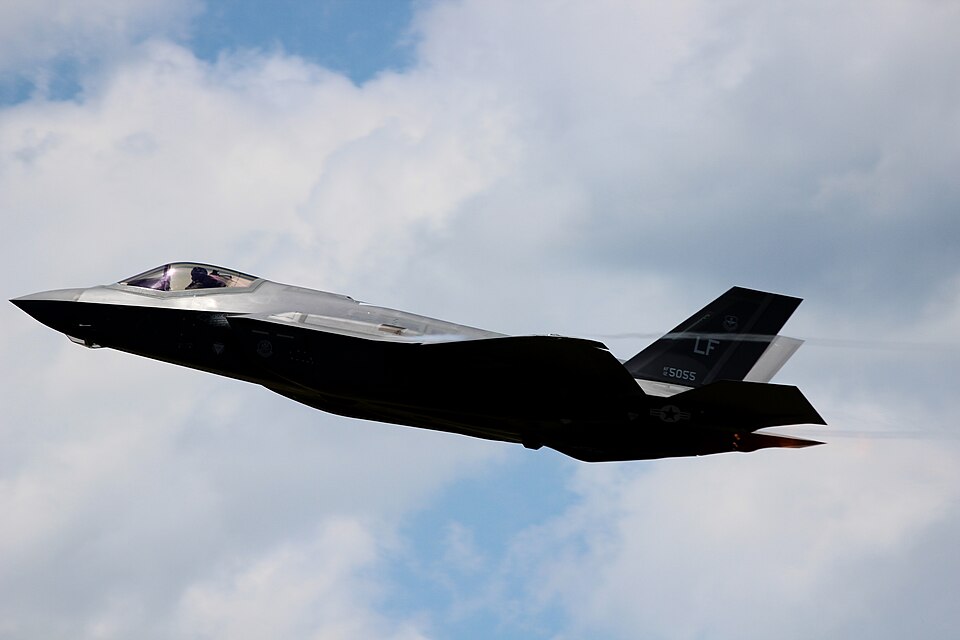
9. Allied Contributions
The role of Japan is essential in this respect. Currently, the Japan Air Self-Defense Force operates 38 F-35s, with over 100 intended, along with KC-46 tankers. Tokyo is developing the Mitsubishi F-X sixth-gen fighter for service by 2035. Former Defense Minister Ishiba Shigeru has called for deeper integration into US-led defense frameworks, possibly extending Japanese basing access and forward deployments to US territories. Such cooperation will be crucial in sustaining air superiority.
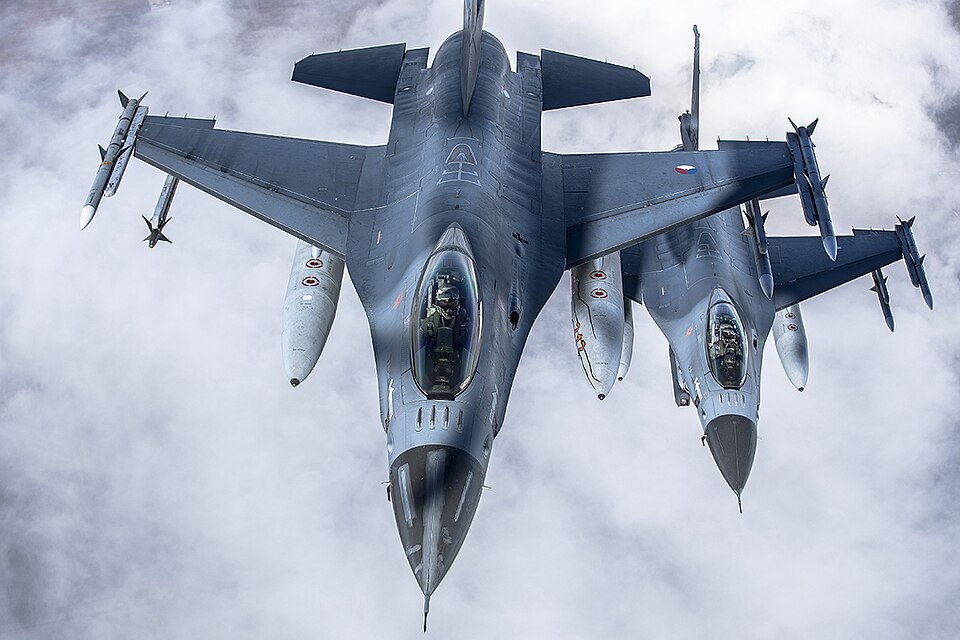
10. Taiwan’s Asymmetric Defense Imperative
Taiwan’s current fighter fleet-F-16s, Mirage 2000s, Indigenous Defense Fighters-offer limited contribution to high-end strike missions. The former Chief of the General Staff Lee Hsi-ming has advocated a “porcupine strategy” of mobile, distributed lethal assets to delay PLA advances. Portable missiles, mines, mobile radars, and artillery batteries can extend resistance, buying time for US and allied forces to mass. The ability of Taiwan to hold out is a strategic necessity in a conflict where logistics and distance favor China early.
The trajectory is clear: China’s airpower is growing in capacity, capability, and readiness; the US faces structural, fiscal, and logistical constraints. In a Taiwan fight, proximity and production could give Beijing an early advantage, challenging Washington’s ability to project decisive force. Preserving US air dominance will require not only accelerated modernization and innovative logistics but also deeper allied integration and a realistic appraisal of the operational environment. The margin for error is shrinking-and with it, the time to act.
